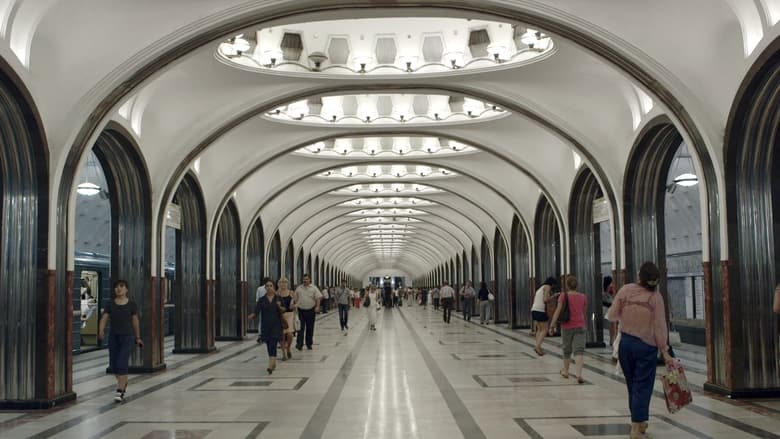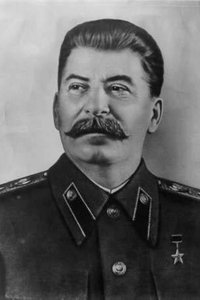How we built the Moscow metro
Genres
Documentary
OverView
In the 1930’s, the workers of the underground, headed by brigades of writers, are in charge to write in real time "the history of the Moscow Metro". Based on their narratives, partially unpublished, the film recounts the first lines construction of the most beautifiul underground in the world, in the light of this "big literary Utopia", stoped by the purges of 1937-38.
Others
Budget
$--
Revenue
$--
Status
Released
Original Language
French
Runtime
0 mins
Rating
1/10
Release Date
18 March 2014
Country
France








